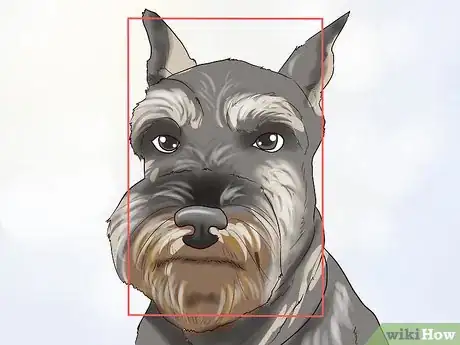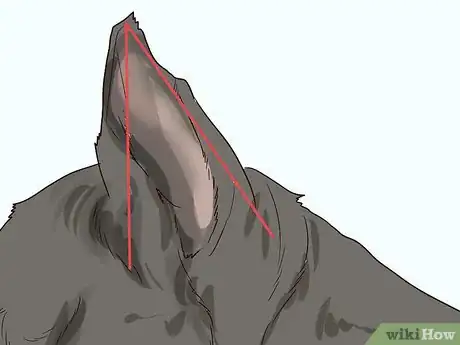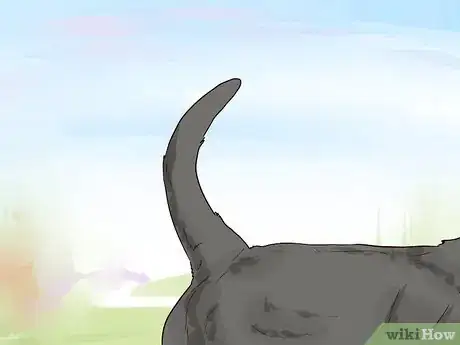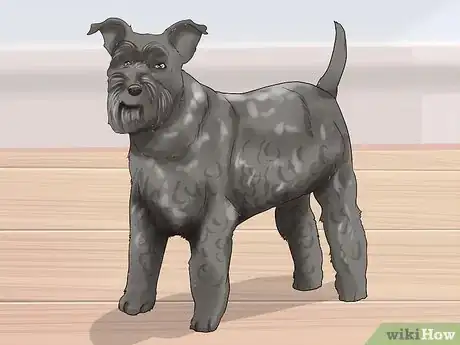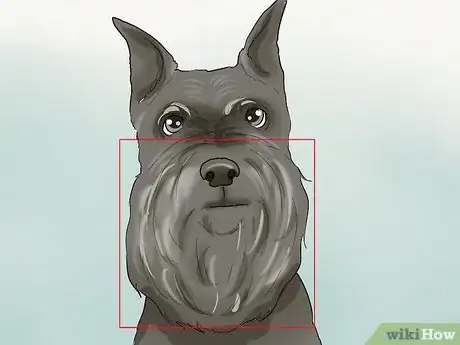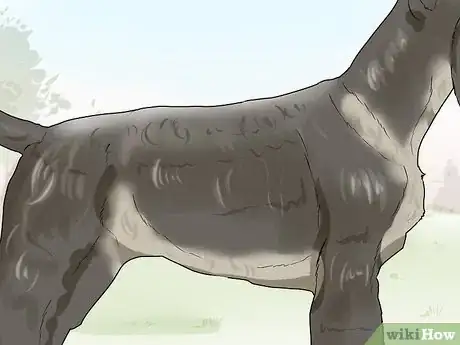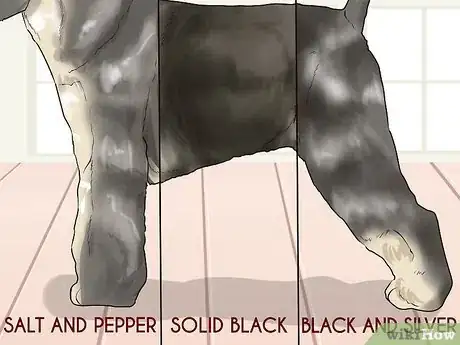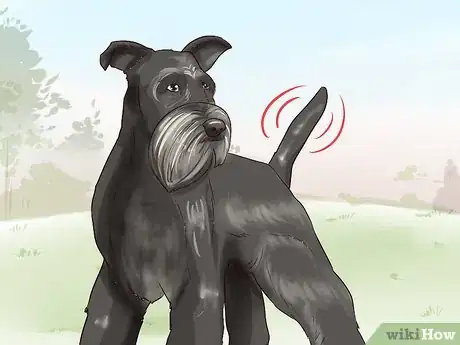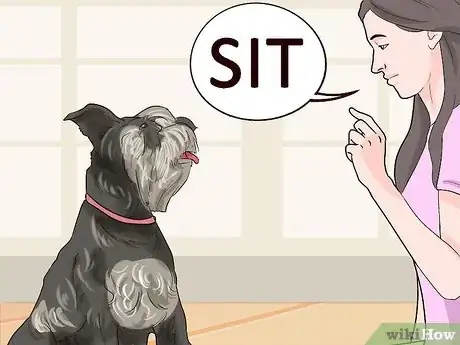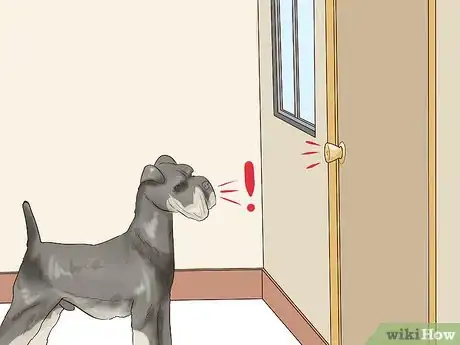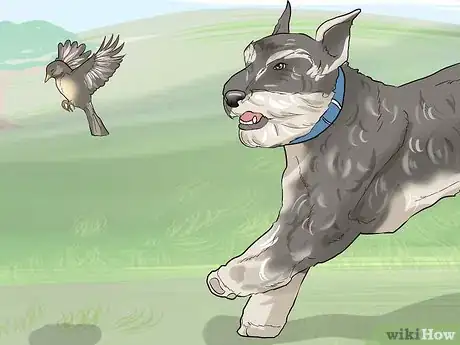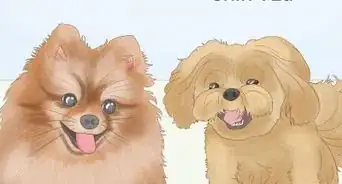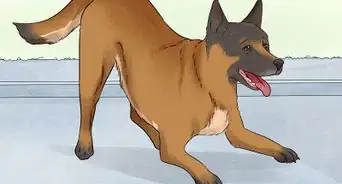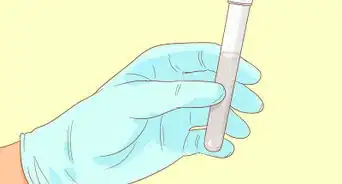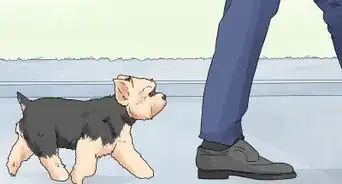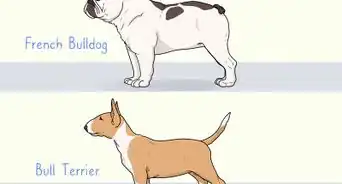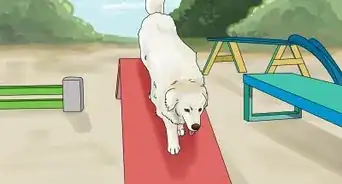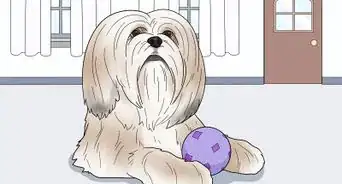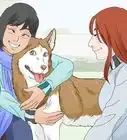This article was co-authored by Elisabeth Weiss. Elisabeth Weiss is a Professional Dog Trainer and owner of Dog Relations NYC, a dog training service in New York, New York. Elisabeth relies on science-based, force-free, and reward-based techniques. Elisabeth offers behavior training, puppy manners, body awareness and injury prevention, diet, exercise and dog nutrition services. Her work has been featured in New York Magazine and on the Dog Save the People podcast. She also trained all the dogs in the movie "Heart of a Dog" by Laurie Anderson that features Elisabeth's journey with Laurie Anderson's and Lou Reed's dog Lolabelle and how her passion for playing the keyboards played a significant role in improving her quality of life after being diagnosed with pancreatic cancer.
There are 8 references cited in this article, which can be found at the bottom of the page.
This article has been viewed 31,164 times.
Many dog breeds have similar qualities, particularly those breeds that are derived from one another. For example, the Miniature Schnauzer is similar to the Standard or Giant Schnauzer in many ways. There are numerous characteristics that set the Miniature Schnauzer apart from other dog breeds, however. Among these features are its size, body shape, and distinctive facial features. You can further pinpoint a Miniature Schnauzer by taking into consideration its coloring and temperament.
Steps
Identifying Physical Characteristics
-
1Notice its size. Miniature Schnauzers are small, but are not considered a toy breed. On average, this breed stands 12 to 14 inches tall at the shoulder and weighs between 11 and 20 pounds.[1]
-
2Look for a rectangular-shaped head. Miniature Schnauzers have a rectangular-shaped head with a blunt snout and black nose. The width of the head narrows slightly between the eyes and the ears.Advertisement
-
3Look for small, deep-set, brown eyes. Miniature Schnauzers’ eyes are dark brown in color and oval-shaped. They sit back quite far in the dog’s head, emphasizing the dog’s bushy eyebrows. In addition, the Miniature Schnauzer’s eyes are known for being full of expression, not at all flat.[2]
-
4Look for ears that sit high on their head. This breed’s ears are high-set and can be cropped or uncropped. Cropped ears usually come to a point, while uncropped ears are “V” shaped and fold over close to the head.[3]
-
5Look for an erect, docked tail. Its tail sits high on its hind quarters and stands straight up. The Miniature Schnauzer’s tail is docked, long enough only to show over the backline of its body.[4]
-
6Pay attention to its overall build. The Miniature Schnauzer’s body is also rectangular in shape. Its front legs are straight and parallel to each other when viewed from either the front or sides. Its back legs extend past its rear end at an angle. The back line of this breed is straight as well, declining only slightly from the shoulders to the hind quarters.[5]
Evaluating Coat and Color Markings
-
1Look for its distinctive mustache and beard. Miniature Schnauzers are known best for their facial hair, especially their bushy moustache and beard. The facial hair on a Miniature Schnauzer falls straight around its muzzle, accentuating the rectangular shape of this breed’s head. Miniature Schnauzers have bushy eyebrows as well.
- In addition to their distinctive facial hair, Miniature Schnauzers also have long hair on their legs, which hangs straight and nearly grazes the ground.[6]
-
2Notice the look and feel of its coat. The Miniature Schnauzer has a double coat. This means the underside of its coat looks and feels different than the top side. Miniature Schnauzers have a soft undercoat and a wiry outer coat. This breed’s fur is medium-length.[7]
-
3Look at the color of the coat. Miniature Schnauzers can be one of three colors—salt and pepper, black and silver, and solid black. The salt and pepper color combination is by far the most common in Miniature Schnauzers.[8]
- In salt and pepper colored dogs, the salt and pepper mixture can fade to light grey or silver in the eyebrows, whiskers, cheeks, across their chest, and in their leg furnishings, or the long hair on their front and back legs. The black and silver combination may follow the same pattern as the salt and pepper, fading to a lighter shade in specific areas.
Assessing Its Temperament
-
1Look for friendliness. Miniature Schnauzers make great family dogs because they are very friendly toward adults and kids. They are small, but sturdy enough to withstand a child petting or hugging them roughly, and are not bothered by small children running and screaming. In addition, this breed is extremely extroverted and loves to be around people.[9]
-
2Watch for trainability. Miniature Schnauzers are also intelligent and easy to train. They quickly catch on to commands and are able to form an association between a prompt (“sit”), an action (sitting), and a consequence (getting a treat). They will not need much time or repetition to be able to perform what is asked of them.[10]
- Miniature Schnauzers can be stubborn as well. They respond best to positive reinforcement through rewards and when training and will not usually exhibit this stubbornness if training is kept fun.[11]
-
3Look for loyalty. This breed is very loyal and affectionate toward its owner. It will happily follow its owner around, doing whatever they are doing. The Miniature Schnauzer wants to please its owner. In addition, it is protective of its family, quickly alerting them to anything that might be a danger, like a stranger at the door.[12]
-
4Notice a hunting instinct. Originally raised to hunt vermin, Miniature Schnauzers have a strong hunting instinct. They will take off after small animals, like mice, rats, squirrels, and birds. They may also exhibit this hunting behavior with smaller pets, like hamsters and gerbils, so be sure to keep a close eye on them if you have these types of pets in the house.[13]
Getting a Definitive Answer
-
1Get a veterinarian to assess your dog. Veterinarians are quite knowledgeable about different dog species. If you have assessed the dog’s physical characteristics, temperament, coat and color markings, but are still unsure if you have a Miniature Schnauzer, ask your vet for help.
-
2Ask the see the parents’ pedigrees when you purchase the pup. One of the best ways to determine if your dog is a Miniature Schnauzer is to find out more about the parents. Before purchasing the pup, ask the owners to see the parents’ pedigrees, which will note their breed. This is typically for purebred dogs.
- Even if you already own the dog, you could contact the seller and ask about the parents’ pedigrees.
-
3Get a DNA test done. Many companies offer kits to test your dog’s DNA. Simply request a test kit from an online site and follow the instructions for collecting the sample when you receive the kit in the mail. Then, send the kit back to the lab for analysis.
- Wisdom Panel is one such site that offers DNA test kits. To learn more, visit their website at https://www.wisdompanel.co.uk/.
References
- ↑ http://dogtime.com/dog-breeds/miniature-schnauzer#/slide/1
- ↑ http://www.akc.org/dog-breeds/miniature-schnauzer/
- ↑ http://www.dogbreedinfo.com/miniatureschnauzer.htm
- ↑ http://www.akc.org/dog-breeds/miniature-schnauzer/
- ↑ http://www.akc.org/dog-breeds/miniature-schnauzer/
- ↑ http://www.petmd.com/dog/breeds/c_dg_miniature_schnauzer
- ↑ https://pethelpful.com/dogs/information-on-schnauzers
- ↑ http://images.akc.org/pdf/breeds/standards/MiniatureSchnauzer.pdf?_ga=1.195674859.678322872.1482205796
- ↑ http://dogtime.com/dog-breeds/miniature-schnauzer#/slide/1

